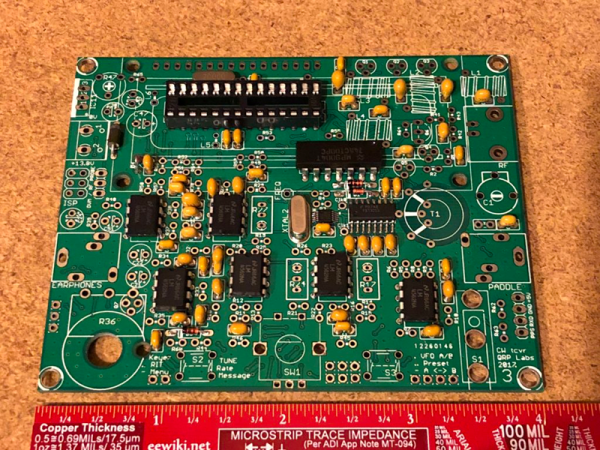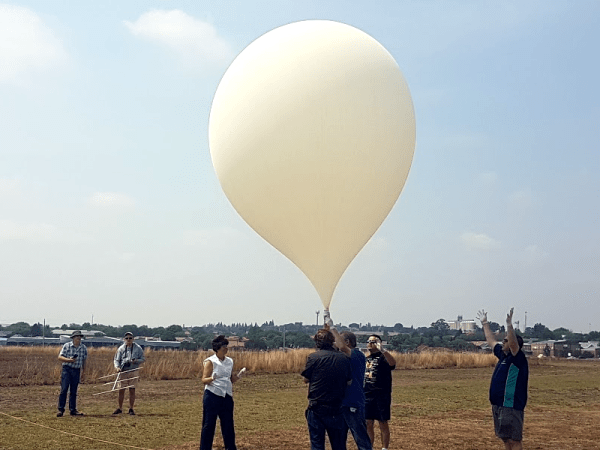[Charlie Morris] has been busy building a portable ham radio rig and documenting his progress in a series of videos. You can see the first one below. There’s four parts (more if you count things like part 4 and part 4a as two parts) so far and it is always interesting to see inside a build like this, where the choices and tradeoffs are explained.
The first part covers the Si5351 VFO and the associated display. There’s very little to the VFO other than off-the-shelf modules including an Arduino. You can also see the portable Morse code key which is actually a micro switch. The second part experiments with audio amplifiers. [Charlie] looked at the NE5534 vs discrete amplifiers. He was shooting for lowest current draw that was usable. Other parts discuss the RF amplifier and the receiver. Despite the VFO, there is quite a bit of non-module parts by the time things start shaping up.
Continue reading “Portable Ham Radio Design Fosters Experiments”








![[M0CVO]'s Tweet that started it all](https://hackaday.com/wp-content/uploads/2017/10/screenshot-2017-10-31-nigel-booth-on-twitter.png?w=298)









